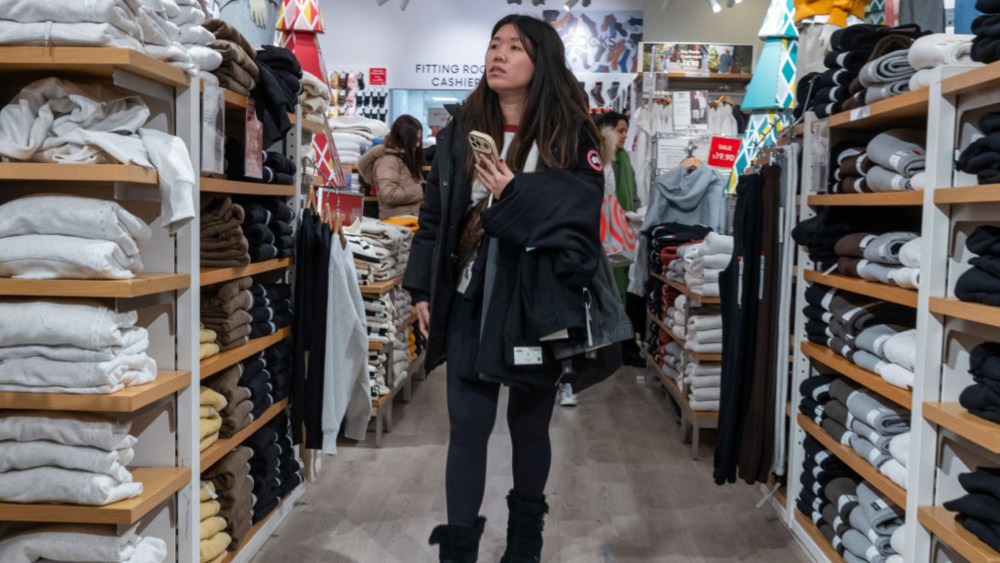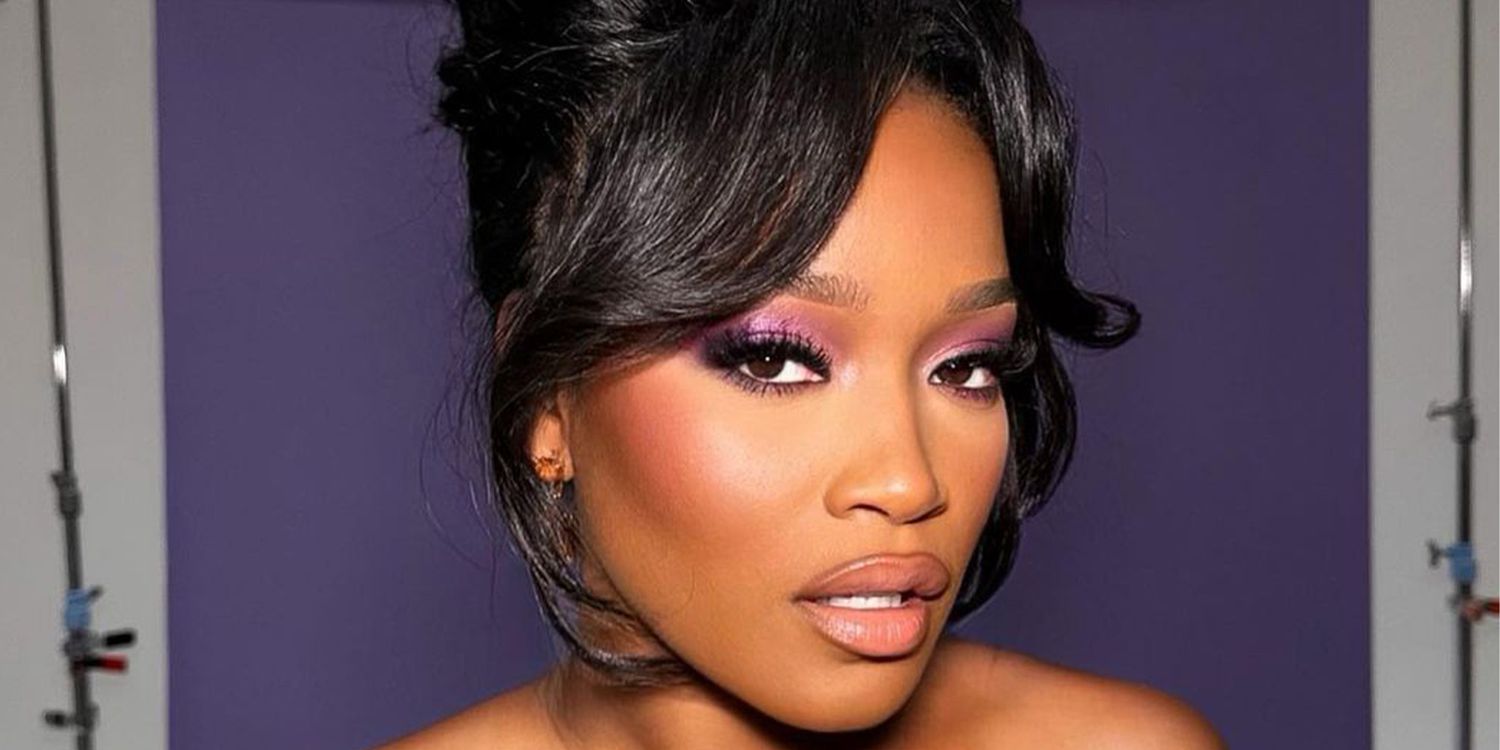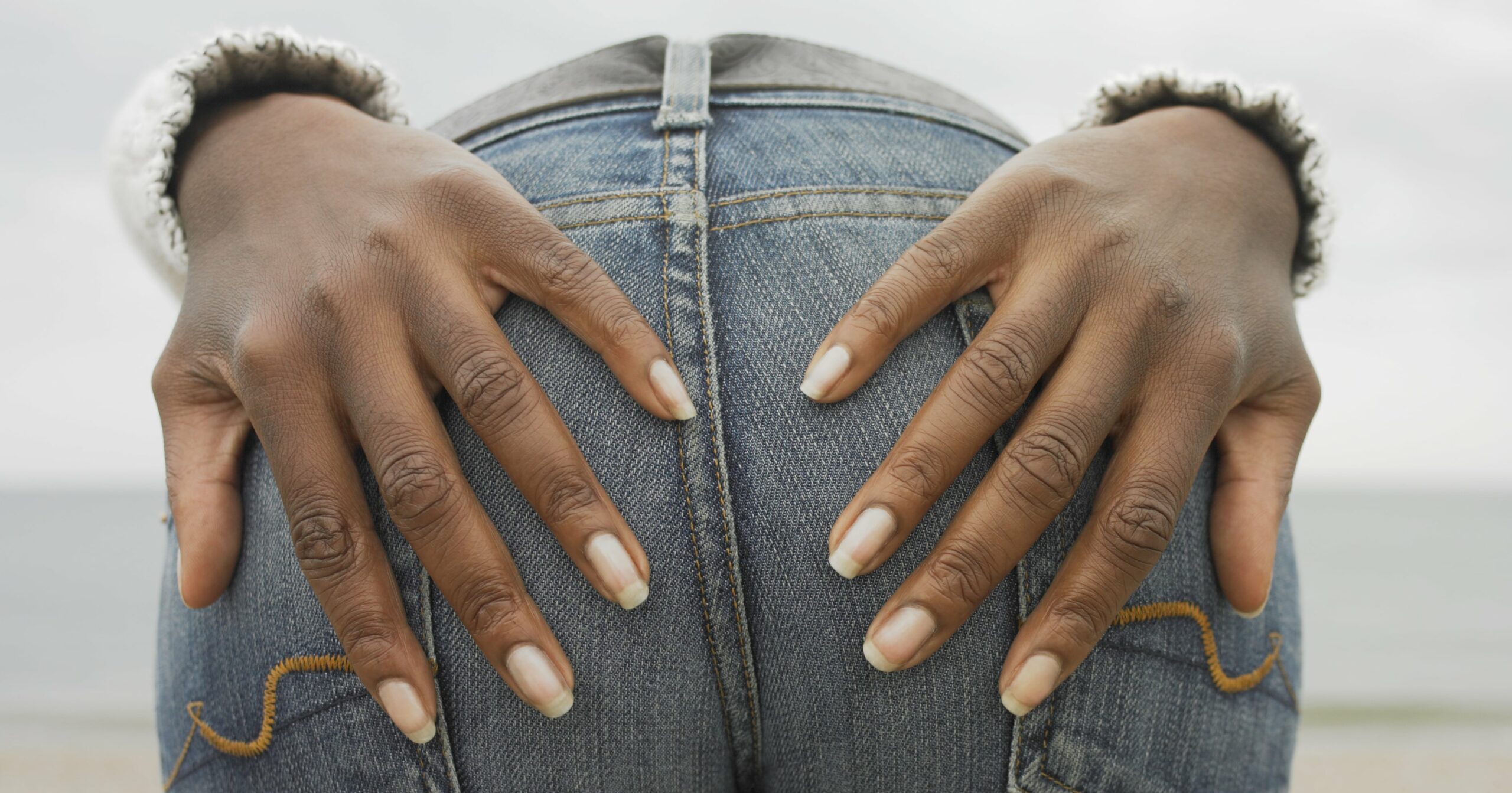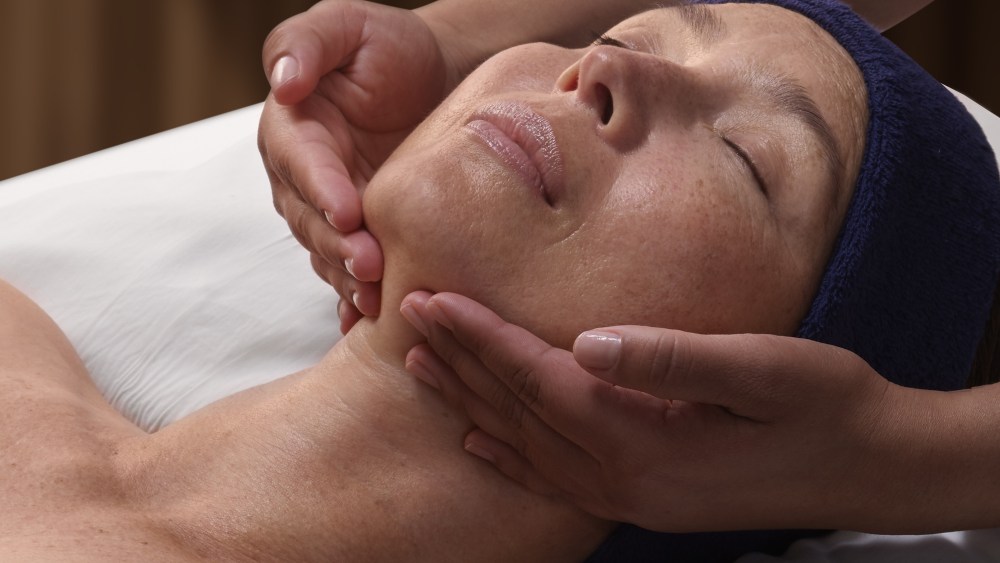The second half is when dreams are made in retail.
The extended back-to-school season and the big run up to the holiday season power the industry and can make up for the leaner months earlier in the year.
But hopes are muted this time through as consumers navigate an economy that — outside of inflation that is finally cooling off — is stacked against them.
“Job growth is slowing. It’s not ending, but it’s slowing,” said Scott Hoyt, senior director of economic research at Moody’s Analytics. “Most analysts, including ourselves, think that markets are potentially overvalued. House prices are high, so prospects for further growth and wealth are less than what we’ve seen recently.
“Consumers are still feeling the impact of the increases in interest rates as they roll over debt, and a couple of interest rate cuts [by the Federal Reserve] isn’t really going to change that. Interest rates are going to remain high by what consumers had become used to.”
You May Also Like
But retailers are, in at least one sense, going back to a world they are familiar with one one that they’d probably like to forget.
“There’s virtually no goods price inflation in aggregate, which is kind of like the world we were in prior to pandemic,” Hoyt said. “Retailers have very little pricing power. But other costs are rising, labor in particular, that makes life difficult for retailers.”
It’s a dynamic that might be with fashion for a while.
“I struggle to see what brings us out of it,” he said. “To some degree, it is a tough time for retailers because we had the surge in good sales during the pandemic.”
Hoyt said the U.S. election — Vice President Kamala Harris versus former President Donald Trump — would not have much of an impact on the second-half economy.
“The only real risk would be if the election were heavily contested, if there were not a clear winner, if some form of chaos ensued, which of course would be right as we’re going into holiday,” he said.
But even if the economy status quo reins as Harris and Trump trade jabs and fight for the future of the country, consumer attention is going to be that much shorter.
Ike Boruchow, an analyst at Wells Fargo who studied the topic, told WWD in July that apparel retailers in election years typically see a 150 to 200 basis points slowdown in revenues between the first half and the second half.
“So whatever we think is going on now, the election this year means it’s going to slow by 1 or 2 points,” Boruchow said. “People are not focused on spending money. They’re on their couch. They’re, pick your poison: They’re watching MSNBC or they’re watching Fox and they’re totally engaged in the election and the news cycle, and they don’t spend money.”
That uncertainty — from election distractions to the job market to the trend to reduce spending on goods in favor of services is expected to weigh on retail in the stock market, which is feeling more wobbly, too.



